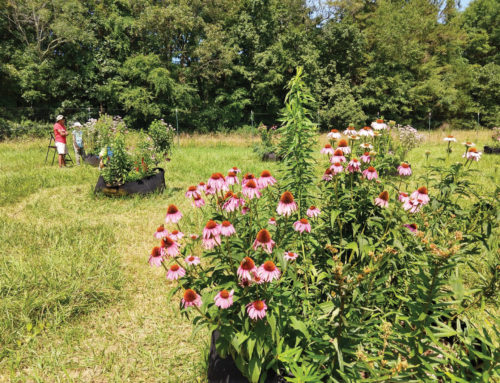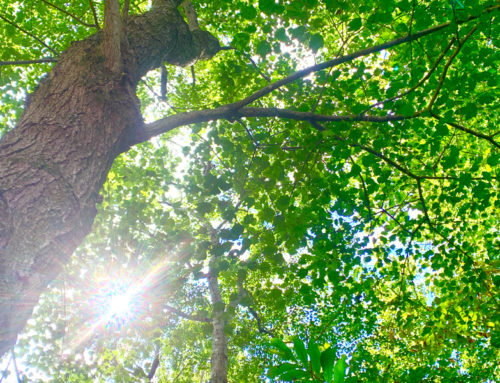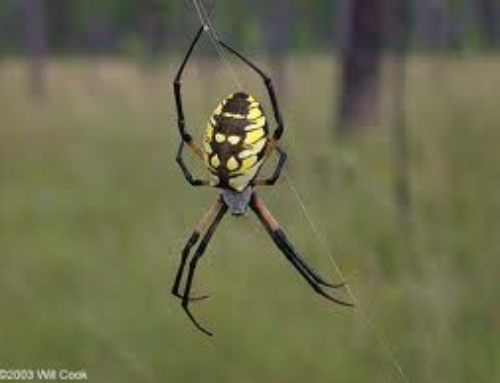The saying goes that nature is red in tooth and claw. And for the most part, this is true. After all, organisms of one species do not go out of their way to help those of other species on purpose. . . at least not normally. But then you have cases of symbiosis, where two species live together. This could be parasitism, where one species feeds off the other. Or it could be commensalism, where one takes advantage of the other but doesn’t really give help or cause harm. Perhaps both sides have something to contribute. This is called mutualism.
A mutualistic relationship is defined by the presence of two or more “partner” species that both gain and contribute to the whole. There are two basic types of mutualism. In the first, one organism provides a resource to another in exchange for a service. In the second type, one organism provides a service to another organism, which in turn provides another service to the first organism.
Perhaps the most familiar example of the first type is pollination. Flowers provide animals with food in the form of nectar, and the animals transport pollen from one flower to another and allow the plant to reproduce. Similarly, the larvae of wood-boring beetles have a relationship with a type of fungus. The beetle’s eggs are coated with the fungus, which grows on the walls of the tunnels created by the beetle larvae. In turn, the fungus provides them with food.
An example of the second type—one found very close to home—is the relationship between the common vetch plant and several types of ant. The vetch plant produces nectar from glands at the bases of its leaves, which attract ants. The ants viciously defend this source of food and in doing so, protect the plant from herbivores. In another example, several kinds of pseudoscorpion, tiny arachnids related to scorpions but without stingers, crawl through the fur of pack-rats and eat ticks and fleas, thereby relieving their hosts of parasites.
It is easy to be misled about the nature of mutualism, to assume it occurs as a result of animal altruism. But this is not the case. In nature, after all, there are no permanent allegiances—only permanent interests. If those interests are best served by entering a partnership with another species, then so much the better. But they are not permanent.
Take the example of the ants and the vetch plant. Ultimately, the ants’ interest is not in protecting the plant but in guarding the source of the nectar they eat. However, another source of that nectar comes from tiny sap-sucking insects called aphids. Aphids can kill a plant if they drain it of its sap, but if a colony of aphids forms on a vetch plant, the ants will switch to guarding the aphids. Why? Because aphids generate out of their abdomens a sugary liquid waste called honeydew, and ants love to eat it. The ants abandon their mutualism with the plant in favor of a mutualism with the aphids.
Despite the many misconceptions about it, mutualism is one of the most fascinating aspects of nature. Look around outdoors for the animals, plants, fungi, and other living things that depend on mutual relationships with other species. Perhaps humans can take a lesson from them as well.
























